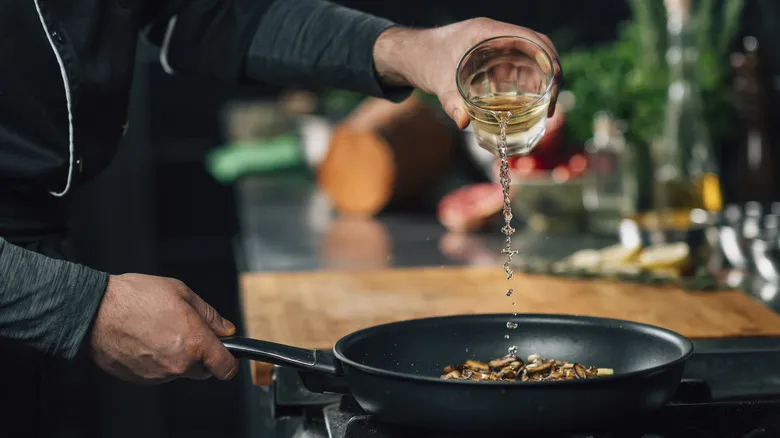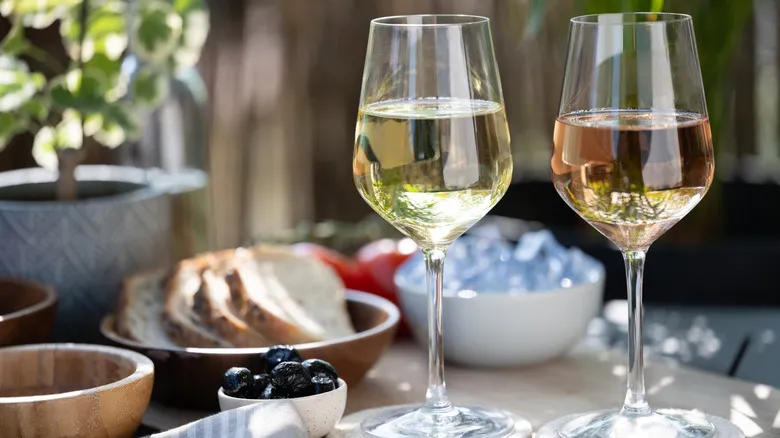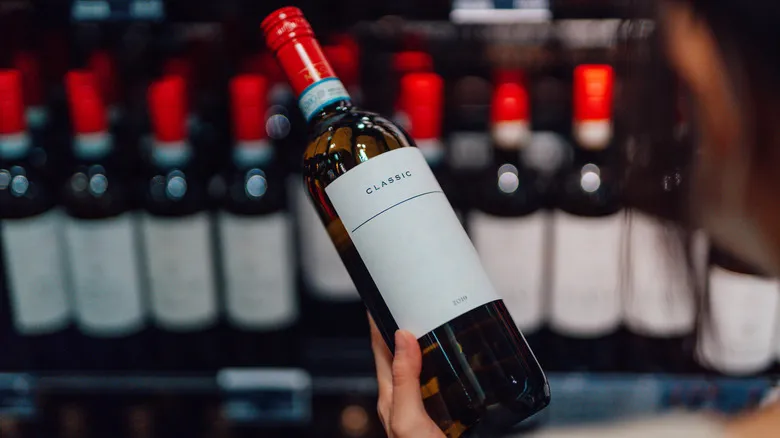What to use instead

When it comes to cooking with wine, many chefs adhere to the common advice of using a wine that you would enjoy drinking on its own. After all, one of the primary purposes of wine in cooking is to enhance the flavor of your dish, so why introduce a taste you dislike? While you can opt for cooking wine if you prefer, you may need to adjust your recipes to accommodate its saltiness. This can be particularly useful for those who wish to avoid alcohol or who don’t drink wine but still want to incorporate it into their recipes.
Wine is also utilized for deglazing pans during the cooking process. In this case, flavor is less critical since only small amounts are used. It adds a subtle hint of flavor and helps lift the fond (the browned bits of food) from the pan. This is arguably the best application for cooking wine, as it requires smaller quantities. However, just like in theater, where every role matters, you might want to opt for a higher-quality bottle.
If you’ve been using cooking wine out of habit, it may be time to consider other options. The best alternative will depend on your specific needs. For instance, if you’re preparing a pot roast, a tannin-rich red wine would be ideal to balance the richness of the meat. Conversely, cream-based pasta dishes and seafood (like scampi) would benefit from the bright acidity of white wine. When selecting a varietal, it’s wise to steer clear of oaked wines, as their strong flavors can overpower your dish. Consider what wine would pair well with your meal and use that as a reference. However, don’t feel obligated to use a wine you wouldn’t enjoy on its own. Choose what complements your palate and the dish you’re preparing.
Recommended

What To Consider When Shopping For Sweet White Wine

The Unique History Of Bock Beer

What's That Stuff At The Bottom Of Your Beer Bottle And Is It Safe To Drink?

Chain Restaurant Margaritas Ranked Worst To Best, According To Customers
Next up

